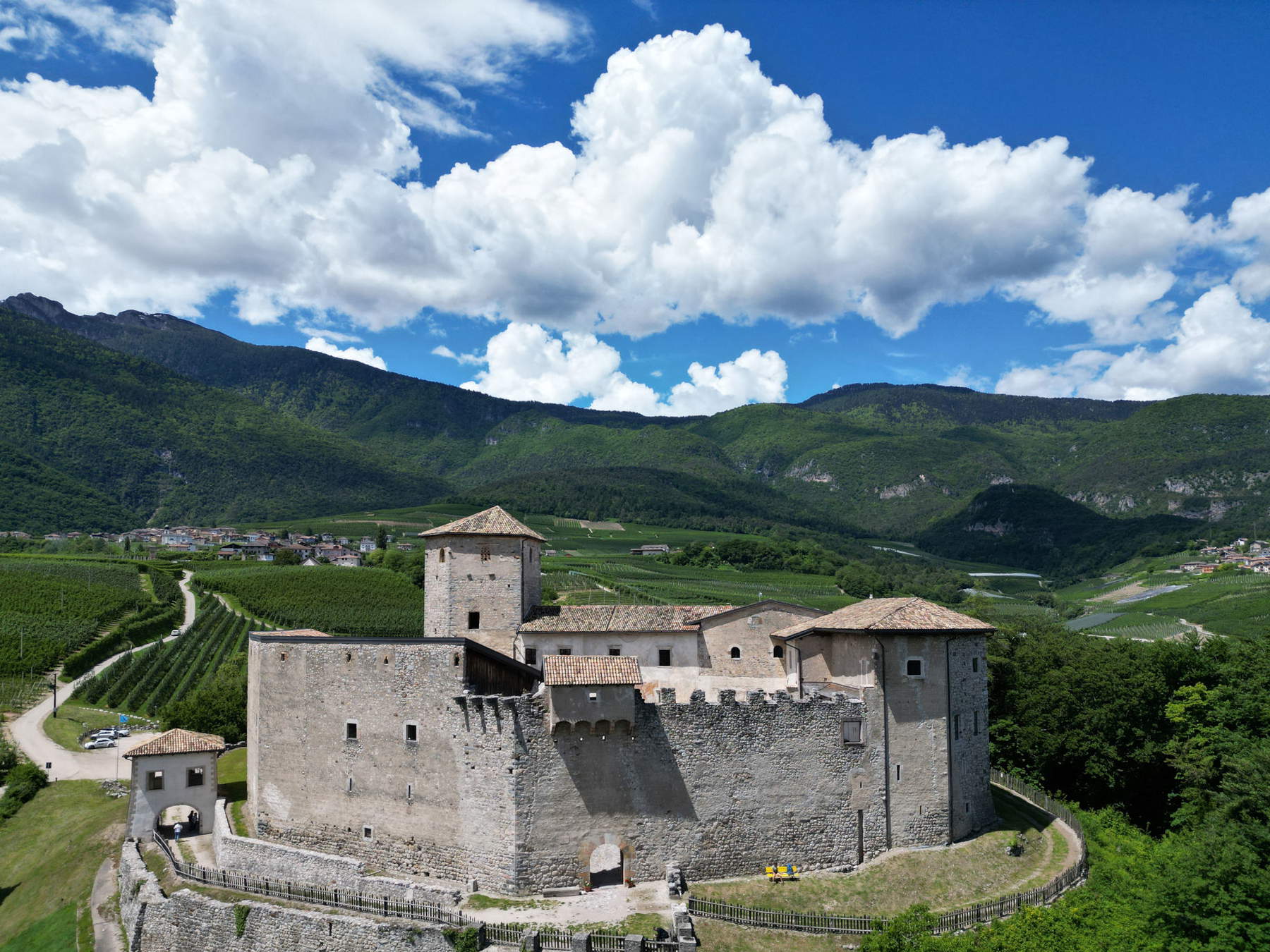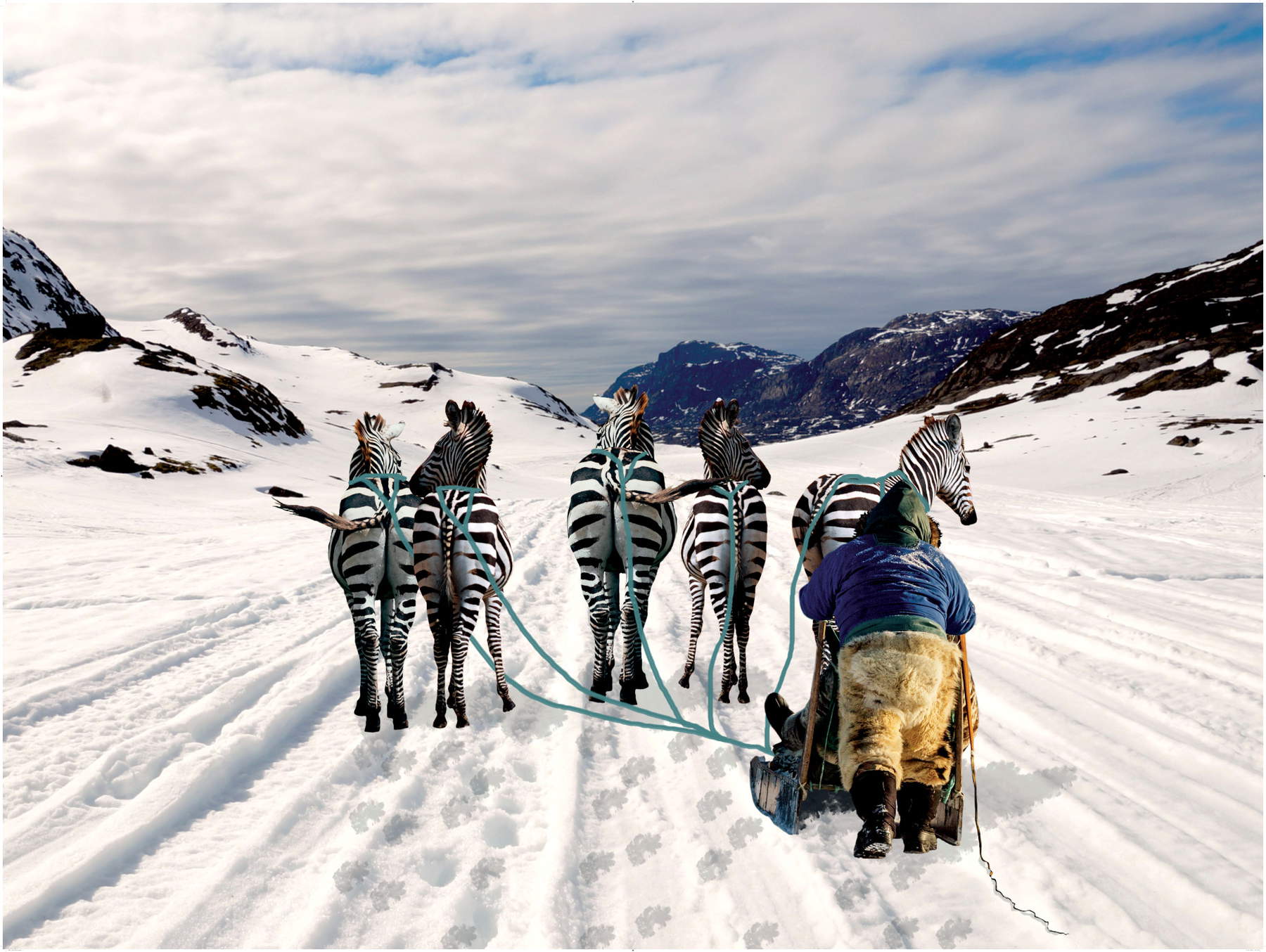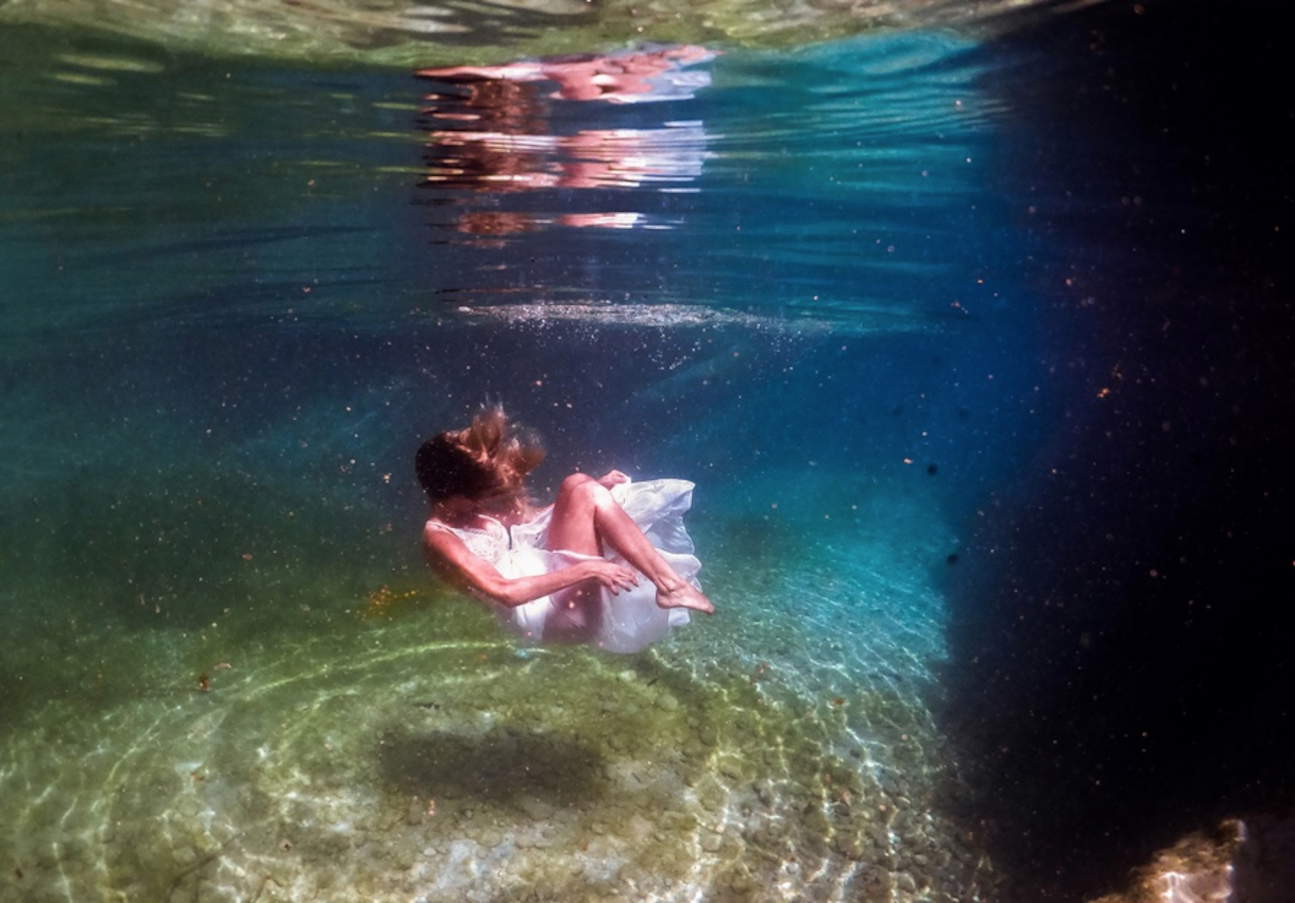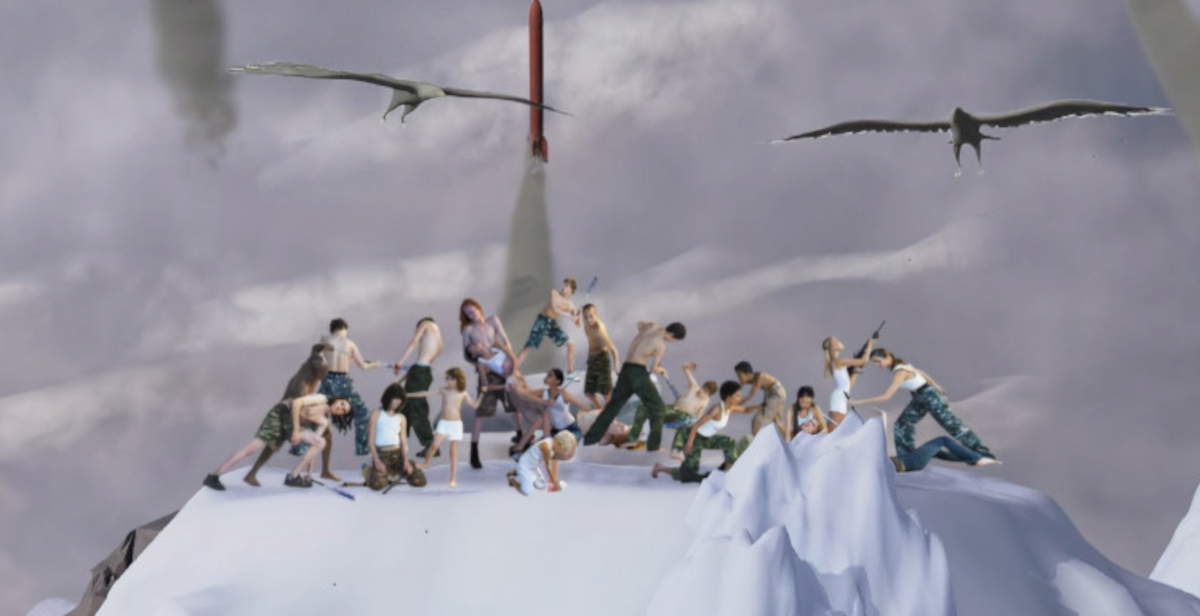With the arrival of spring, Castel Belasi in Val di Non (Trento) inaugurates a new exhibition season, once again transforming itself into a meeting place for artistic languages, scientific thought and ecological reflection. Starting on Friday, May 9, 2025, the 16th-century manor house in Campodenno opens its doors to the public with three deeply interconnected exhibitions investigating topical issues: the relationship between man and the environment, biodiversity, climate change and the possibility of imagining a different future. The program, conceived and curated by Stefano Cagol, is part of the collaboration between the Municipality of Campodenno and MUSE - Trento’s Museum of Science, and is distinguished by its ability to blend contemporary art and environmental sensitivity in a highly evocative historical and landscape context.

“Thanks to the partnership between MUSE and the Municipality of Campodenno, once again this year we are proposing a series of projects at Castel Belasi that provide evidence of the fruitful dialogue underway between science and art with respect to the ongoing eco-social crisis,” explains director Massimo Bernardi. “The programming concretizes the commitment of director Stefano Cagol and our museum to give space to every language that can counter the torpor of habituation to the crises we are experiencing. Climate and biodiversity crises, first and foremost, which, however, are merging, exacerbating them, with crises of a social, economic and psychological nature, generating a gloomy scenario that threatens to annihilate us. The exhibits we propose are evidence of the possibility of a reaction, of an imagery different from the simple, passive, observation of these dynamics. They are images that express our empathy for plants, glaciers, deserts: images of pain, but also of care and concern for a planet we can still heal.”
“The choice of these exhibition projects,” says artistic director Stefano Cagol, “stems from the desire to stimulate imagination and vision with respect to the relationship between humanity and the environment, responding to the mission of the institution I direct. The exhibitions are shot through with the theme of disappearance, glaciers, biodiversity and certainty, yet they are imbued with a great sense of projection into the future. At a time when beliefs and certainties are dissolving like snow in the sun, the anticipatory and sensitive gaze of contemporary arts is increasingly valuable to society. Thus, present are works by artists of different generations, celebrated and young, from cultures ranging from Inuit to Kazakhstan, and provenances from around the globe, from Australia to the U.S. via China, in a mosaic of viewpoints, enriched by the fruitful collaboration with MUSE, in the belief in the power of an extended gaze.”
The first exhibition to come to life, Harvests and Tales. Biodiversity in Botanical Art (May 10-June 22), is a fine selection of botanical plates from the international project Botanical Art Worldwide Italy. The focus is on cultivated plants, vegetables, fruits, grains and flowers, as symbols of an ancient and concrete intimacy between human beings and the environment. Through the delicate but scientifically rigorous strokes of botanical illustrators, the works on display invite reflection on biological diversity and the importance of its conservation, but also on art’s ability to transform scientific precision into visual, emotional and cultural storytelling.
“The plant species represented,” explains botanist and curator for MUSE Helen Catherine Wiesinger, “are often ancient and historic varieties, cultivated only in small quantities by limited-scale growers and at risk of being lost. Against a backdrop of a growing population, profound climate change and habitat loss, the rediscovery and promotion of plant genetic diversity acquires considerable importance and is communicated in the exhibition through the very beauty of the works, along with the commitment and dedication of those who conserve and safeguard the seeds of our future.”
The centerpiece of the exhibition season is the exhibition Like Ice. Reflections on Disappearing Thinking about the Future (May 10-October 26), an international group show involving 14 artists from around the world, called to confront the theme of glacier loss and climate memory. On the occasion of the International Year for the Conservation of Glaciers (promoted by UNESCO and WMO), Castel Belasi is hosting installations, photographs, videos and sound works that interpret ice melting not only as a natural phenomenon, but as a powerful metaphor for human and environmental fragility. Among the names on display are leading figures in contemporary art such as Russian collective AES+F, Greenlandic artist Ivínguak’ Stork Høegh, Italian photographer Laura Pugno, and German artist Gregor Hildebrandt. The path unfolds among the frescoed rooms of the castle, where the depicted classical myths, from Ovid’s Metamorphoses to the myth of Perseus, resonate as archetypes of transformation and rebirth. A symbolic dialogue between ancient and contemporary art, between ice and fire, between what melts and what endures.


Completing the panorama is the exhibition From the Anthropocene to the Biocene (May 10-October 26), hosted in the Project Room spaces. Here the work of nine young artists under 35, both Italian and international, selected through the masterclass We Are the Flood #3, curated by Spanish critic and curator Blanca de la Torre for MUSE, takes shape. The works in the exhibition propose a new and radical look at the era in which we live: a time in which the human footprint on Earth has reached critical levels (theAnthropocene), but which could-thanks to a cultural and environmental revolution-make way for a new era centered on life, interspecies collaboration, and the balance between organisms and systems. Through installations, sculptures, drawings, and videos, young artists imagine possible futures in which art, ecology, and community merge into a single vision.

“We need to listen to the past and look to the future with our feet on the ground,” said Blanca de la Torre, director of the IVAM-Istituto Valenzano d’Arte Moderna and co-curator of the Helsinki Biennial 2025, “in a present where a change in the rules of the game is needed. It is now more than ever that art presents itself as an effective space for positive awareness. It is time to imagine futures, not ideal but possible, to redeem the importance of aesthetics in the construction of new narratives. This paradigm shift will either be ecological or not at all.”
Starting July 4, the exhibitions will be joined by Fragile. A Selection of Glasstress, an exhibition project that will bring to Castel Belasi a selection of Murano glass works by major contemporary artists from the Glasstress archive. The fragile material of glass becomes a symbol of an existential condition, but also a metaphor for transparency, interconnection, and transformation. The exhibition will offer further food for thought on a rapidly changing world, where every balance, physical, biological, cultural, must be rethought, protected and reinvented.
 |
| Art, ice and biodiversity: three exhibitions at Belasi Castle (Trento) to imagine possible futures |
Warning: the translation into English of the original Italian article was created using automatic tools. We undertake to review all articles, but we do not guarantee the total absence of inaccuracies in the translation due to the program. You can find the original by clicking on the ITA button. If you find any mistake,please contact us.